The Snow Man is an illustrated book unlike any one that we’ve read before. It’s a non-fiction story that is completely fascinating in its by-the-numbers, almost poetry text and outsider art illustrations-and that is just in how The Snow Man looks. The story is just as interesting, and considering the subject matter it is perfectly paired with the text and art.
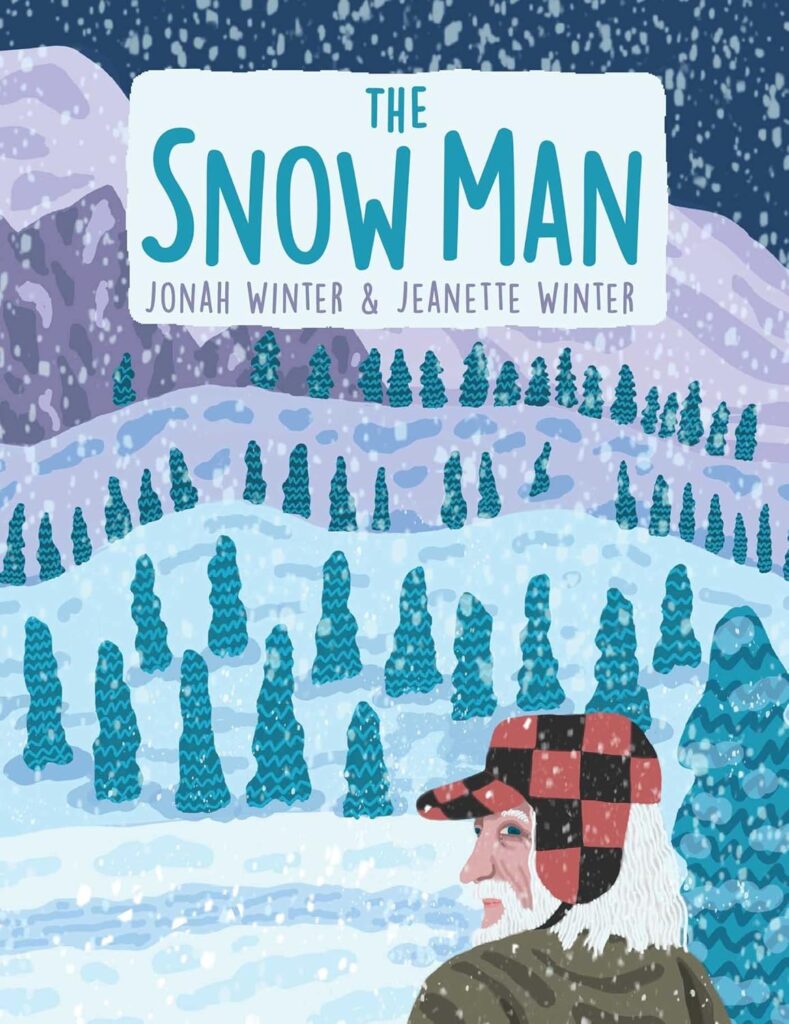
The Snow Man: A True Story is a book where adult readers will want to read the Author’s Note first, and then read the book aloud. That’s because the youths might have some questions about Billy Barr, the main character from the book. Why did he start doing this? How did he survive? Did he have any education? There are so many possible questions that kids will have about The Snow Man that hearing them will be almost as entertaining as reading the book.
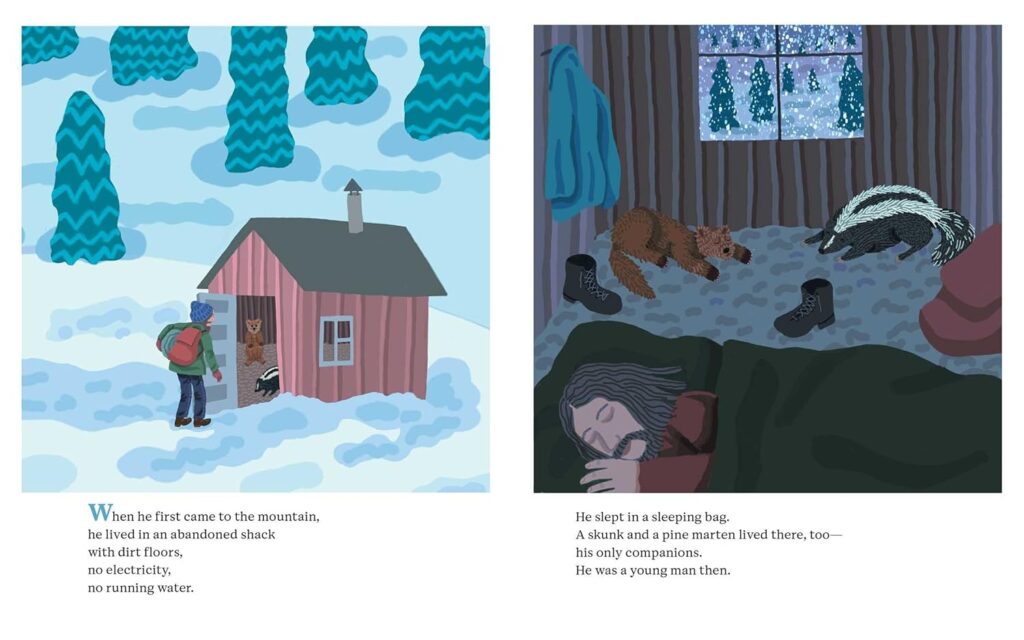
Billy Barr (he prefers that people don’t capitalize his name, but the grammar nerd in me just can’t type billy barr) grew up in New Jersey and studied environmental science in Colorado. In the early 70’s he accepted a summer job at a biology lab studying water chemistry in remote town. It was an idyllic area that was eight miles from the nearest city. Afterwards, he briefly returned home, but realized that he wanted to be someplace more peaceful like the remote, mountainous area where he spent that summer.
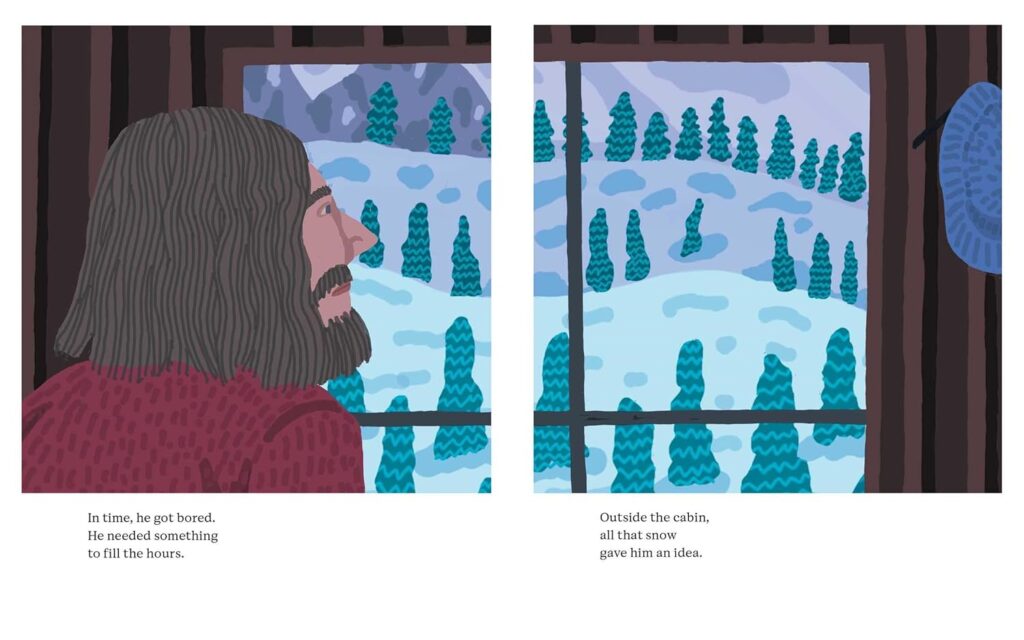
Barr proceeded to live in a shack that was miles away from other people. He had a sleeping bag and some clothes, but that was it. As the months passed, he got a little bored, so he started to measure the snowfall on an abandoned refrigerator door. He kept recording those measurements, added other metrics, like the snowpack, first date of snow, wildlife sightings and eventually installed solar panels for electricity. Barr would ski to the nearest town to get supplies about 50 times a winter and the months became years.
Over time, Barr had collected notebooks of observations that recorded the changing climate in this very specific area. It was over 40 years of data that demonstrated snowfalls arriving later, ending earlier and falling less. The various birds were migrating earlier also. The scientists that he shared the notebooks with were amazed and the data was shared across the world. Now, Barr is a very old man, but is still recording the data, albeit on a computer as he watches the wildlife and mountains that have kept him company for the past 50 years.
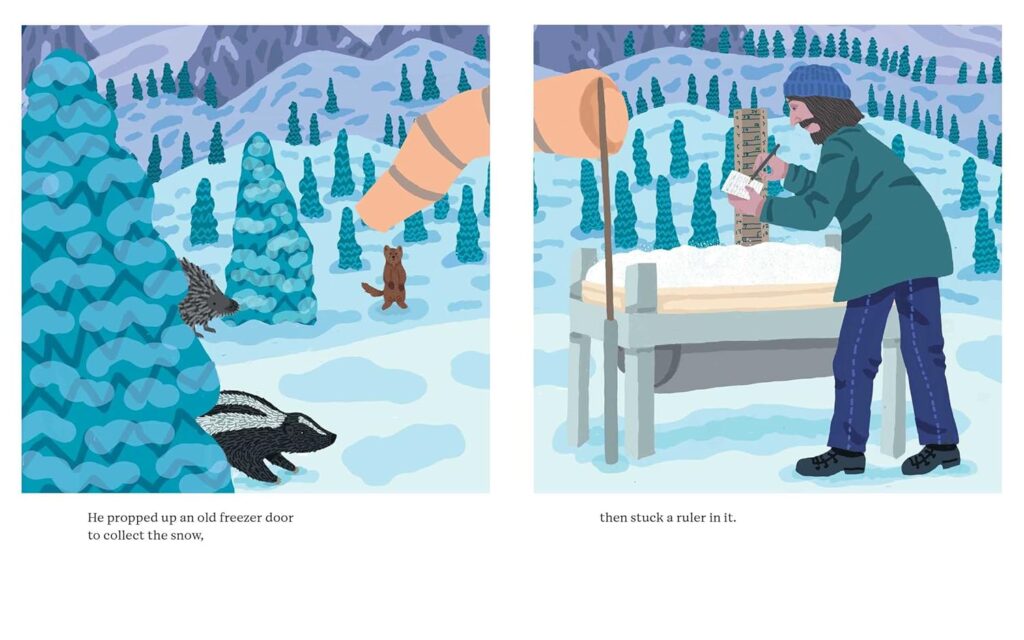
As a book, The Snow Man is gorgeous to look at. The rough edges on the illustrations feel like something you’d see in a remote area of the Rocky Mountains. The wildlife, sparse colors that are used during winter and subtle shades of white drive home the independence and isolation that Barr willingly lives with. The Snow Man is a book with an ecological perspective and viewpoint, but it does not preach, which makes it all the more attractive. Instead it accomplishes its mission with brevity in its text. In some cases the sentences are broken up by placing the clauses on a separate line. It physically looks like poetry because it’s three or four lines, but is comprised of one sentence.
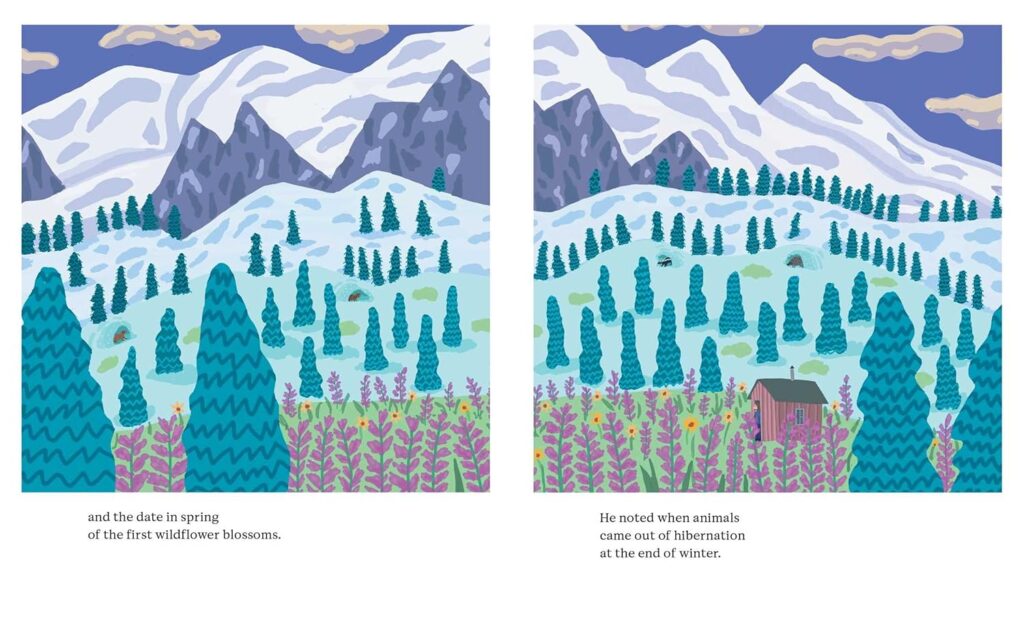
The Snow Man manages to tell a long, big story that encompasses decades of time, in an illustrated book. It accomplishes this without feeling as if there are large blanks in the story where content should be. The story is complete and will leave some readers curious about the details, that is why it would behoove adults to read the final two pages first. That way they’ll be able to answer the inevitable questions that first or second graders will have about this man who willingly went to a remote forest in the mountains. Even those adult readers who aren’t down with the concept of climate change will enjoy The Snow Man. Its factual, non-preachy tone is one of the book’s best selling points. The book’s final two pages drive home its message and raison d’etre by showing Barr in a field measuring snow. He’s not a card-carrying member of Captain Planet, he just started doing this because he wanted a simpler life. The result is quantifiable proof of a warming climate in that specific region, which might translate to other areas.
The Snow Man is by Jonah Winter with illustrations by Jeanette Winter and is availale on Veach Lane Books, and imprint of Simon & Schuster.
There are affiliate links in this post.

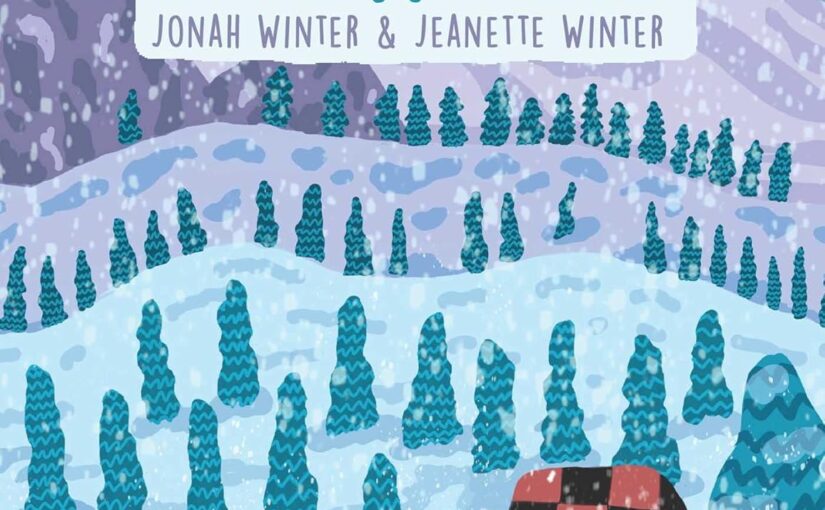



 Facebook
Facebook Twitter
Twitter Flickr
Flickr GooglePlus
GooglePlus Youtube
Youtube